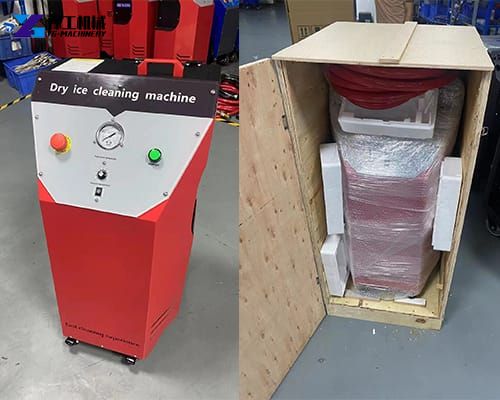Industrial sand blasting machine, also known as an abrasive blasting machine, is a device designed to propel abrasive particles at high velocities onto a surface. This process, called abrasive blasting, removes contaminants such as rust, paint, or scale, or creates a textured finish for adhesion purposes. In industrial surface preparation and finishing, the portable sand blasting machine stands as a cornerstone technology. This equipment has revolutionized how industries clean, smooth, or shape surfaces, offering unmatched efficiency and precision. Whether in automotive manufacturing, aerospace engineering, or construction, these machines are indispensable.
Benefits of Using Industrial Sand Blasting Machines
- Enhanced Efficiency
Sand blasting completes tasks in hours that would take days manually. - Cost-Effectiveness
Reduces labor costs and material waste. Recyclable abrasives like steel grit lower long-term expenses. - Versatility
Adjustable pressure and media types allow operators to handle delicate to rugged surfaces.
How Does A Portable Sand Blasting Machine Work?
The core functionality of an industrial sand blasting machine revolves around three components: the blasting chamber, the abrasive media, and the propulsion system.
Blasting Chamber: This enclosed space houses the workpiece and contains the abrasive process. It is designed to withstand high-pressure impacts and prevent media scatter.
Abrasive Media: Selected based on the task, media range from soft materials to hard abrasives.
Propulsion System: Compressed air or centrifugal force accelerates the media through a nozzle, directing it onto the target surface.
The operator controls pressure, media flow, and nozzle type to achieve desired results, ensuring minimal waste and maximum efficiency.
Applications Across Industries
Automotive: Removing paint, rust, or debris from car frames; preparing surfaces for repainting.
Aerospace: Cleaning turbine blades and engine components to ensure optimal performance.
Construction: Etching concrete surfaces to improve adhesion for coatings or repairs.
Maritime: Stripping corrosion and biofilms from ship hulls to prevent degradation.
Manufacturing: Deburring metal parts post-machining to achieve smooth edges.
Art and Restoration: Carefully cleaning statues, monuments, or antique furniture without damaging delicate details.
Maintenance Tips For Longevity
Proper upkeep of an industrial sand blasting machine ensures peak performance:
Regularly inspect hoses and nozzles for wear.
Clean dust collectors and replace filters to maintain airflow.
Lubricate moving parts to prevent friction-related damage.
Store abrasive media in dry conditions to avoid clumping.


